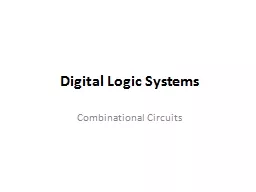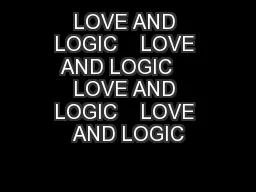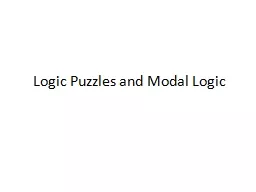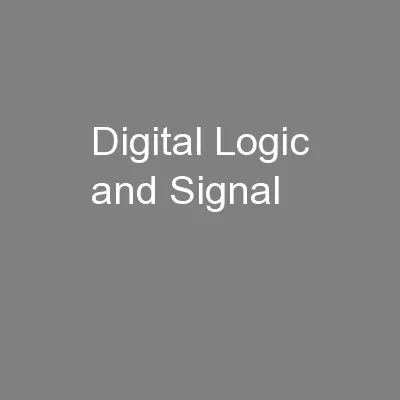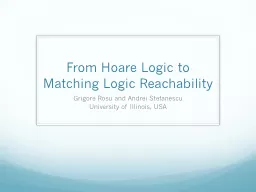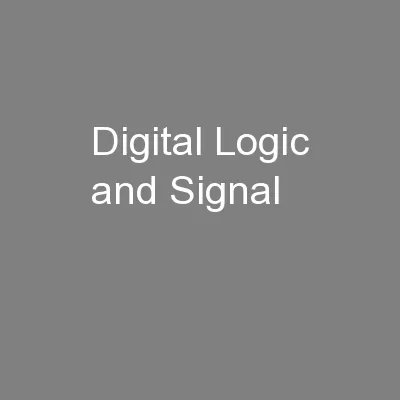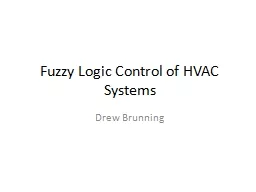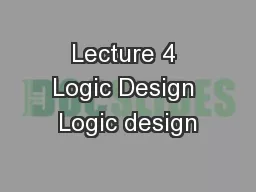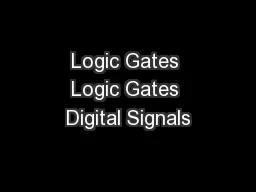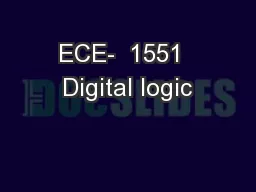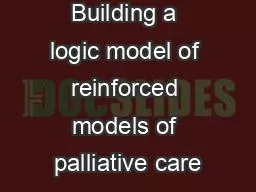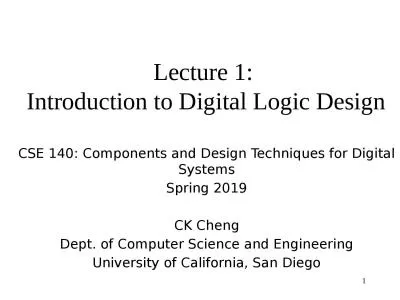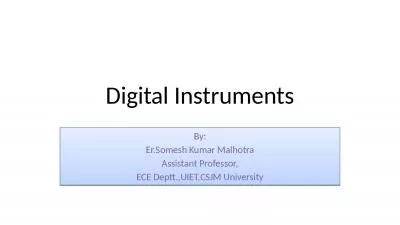PPT-Digital Logic Systems
Author : min-jolicoeur | Published Date : 2018-01-02
Combinational Circuits Basic Gates amp Truth Tables Basic Gates AND Gate OR Gate NOT Gate More Gates NAND Gate NOR Gate BUF Gate More Gates XNOR Gate XOR Gate nInput
Presentation Embed Code
Download Presentation
Download Presentation The PPT/PDF document "Digital Logic Systems" is the property of its rightful owner. Permission is granted to download and print the materials on this website for personal, non-commercial use only, and to display it on your personal computer provided you do not modify the materials and that you retain all copyright notices contained in the materials. By downloading content from our website, you accept the terms of this agreement.
Digital Logic Systems: Transcript
Download Rules Of Document
"Digital Logic Systems"The content belongs to its owner. You may download and print it for personal use, without modification, and keep all copyright notices. By downloading, you agree to these terms.
Related Documents

